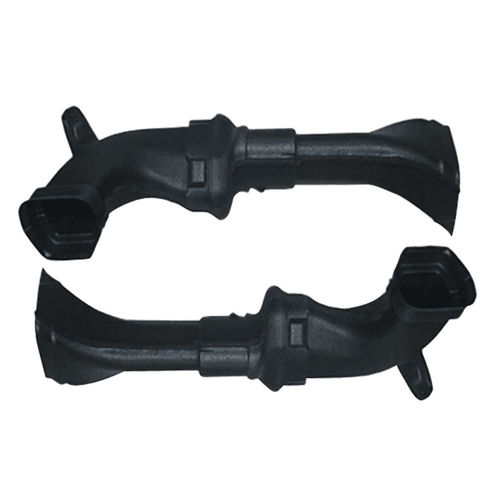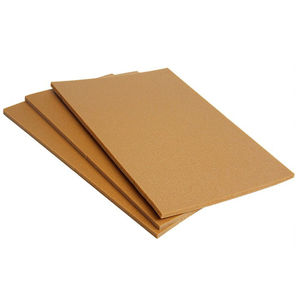

- Products
- Catalogs
- News & Trends
- Exhibitions
Insulation protective foam shockprooflow density
Add to favorites
Compare this product
Characteristics
- Options
- insulation, shockproof, low density
Description
Low Density Polyethylene Thermal Insulation Foam Air Hose Material Customized Density
Basic Information
Place of Origin : China
Brand Name: CTF
Certification: ISO9001,REACH,ROSH,SGS,IATF16949
Model Number: IXPE Foam
Minimum Order Quantity: 3000 sqm
Packaging Details: Poly bags or customized
Delivery Time: 5~10 work days
Payment Terms: L/C, T/T, D/P,
Supply Ability: 500 tons per month
Detail Information
Density : 80 Kg/m3 Or Customized
Shore Hardness : 15~18 Degree
Material : Polyethylene Foam
Raw Material : LDPE
Product Introduction
IXPE foam is produced by compounding PE with some special padding and foaming material,then cross linking by irradiation and foaming which is considered as polymer material, expect the property of XPE, the IXPE has better property than the XPE foam: Its surface is much more smooth, the obturator foramen is much more well-proportioned and detailed, and its physical property is much better, too.
Features
Lightweight
Cost-effective
Easy to fabricate
Extremely low odour
Non toxic
High shock absorption
Flexibility
Polyethylene foam thermal insulation material
Applications
As for automotive air hose,CYG FOAM has many advantages.
1) no smelling, non-toxic: Use ecologic material, RoHS approval
2) soft and comfortable: Flexible with good elastic, stay the shape soon after press
3) dampproof and waterproof: Closed cross linked structure
4) heat insulation: Closed cross linked structure, keep warm
6) light and portable: About 500g/PCS
7) durable: Good elastic and closed cross linked structure
8)Easy processing: Continuous; Easy hot-press shaping, casting, gluing and joining.
Related Searches
- Insulation protective foam
- Sound absorption protective foam
- Shockproof protective foam
- Protective foam for the building industry
- Low density protective foam
- Protective foam for the automotive industry
- Fire-resistant protective foam
- Anti-corrosion protective foam
- High-density protective foam
- Moisture-proof protective foam
*Prices are pre-tax. They exclude delivery charges and customs duties and do not include additional charges for installation or activation options. Prices are indicative only and may vary by country, with changes to the cost of raw materials and exchange rates.





